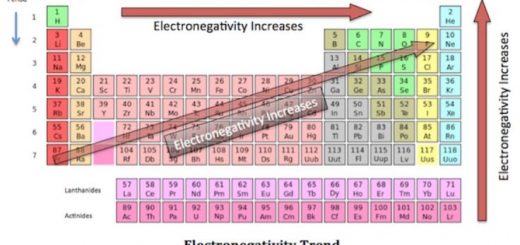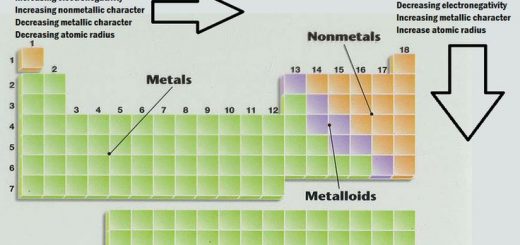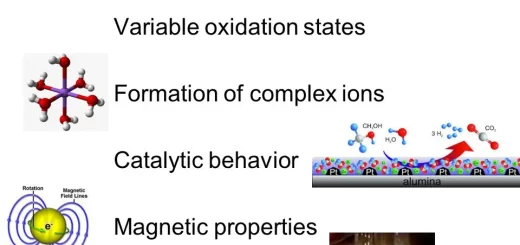Applications of electrolysis, Electroplating, Purification of metals and Extraction of aluminum from bauxite
Electrolysis is used to separate electrolyte components by the electric current, Electrolytic cells are used in Electroplating, the Purification of metals, and Extraction of aluminum from bauxite, Electroplating is the process of the formation of a thin layer in a certain metal on the surface of another metal to give it a nice shiny view or to protect it from corrosion.
Electroplating
Electroplating is used to protect the metal from corrosion and rusting, It gives metals a lustrous appearance, It gives metals more expensive value, such as plating some car parts manufactured from steel with a chromium layer to take a beautiful shape and also to protect it from corrosion, Healthy tools as tap water, mixers are electroplated by chromium or gold.
Electroplating of a jug by a layer of silver
- Clean a surface of jug completely.
- Dip the jug and the rod of Ag into electrolyte solution that contains silver ions.
- Connect the jug with the −ve electrode of the battery (cathode) and a rod of silver metal to the +ve electrode (anode).
- Switch on the circuit.
When the electric current passes through the circuit: Oxidation process takes place at the anode where silver (Ag+) ions dissolve in the solution, Agº → Ag+ + e−, Reduction process takes place at the cathode, Ag+ + e−→ Agº, so, silver atoms precipitate on the surface of the jug, According to Faraday’s first law, the amount of silver deposited on the jug is directly proportional to the quantity of electric current passed through the solution.
The purification of copper by electrolysis
Copper of purity 99% includes some impurities like Fe, Zn, Ag & Au, These impurities decrease the conductivity of copper for electricity, Impure copper metal is connected to the +ve electrode (anode) of the battery, while a wire of fine pure copper sheets is connected to the -ve electrode (cathode).
Both the anode and cathode are dipped into a solution of copper sulphate CuSO4, when the electric current passes, the ions will move towards the electrodes opposite to their charges: CuSO4 → Cu2+ + SO4−2
Oxidation process takes place at the anode: Cuº → Cu2+ + 2 e−
Iron and zinc impurities dissolve in the solution, while silver and gold impurities failed down the anode.
Znº→ Zn2+ + 2 e−
Feº → Fe2+ + 2 e−
Reduction process takes at the cathode to precipitate pure copper atoms at the cathode.
Cu2+ + 2 e− → Cuº ↓
Copper with purity less than 99.95 % is not used in the manufacturing of electric wires because the impurities decrease the ability of copper for electrical conductance and also its quality.
Some of the impurities in the anode as Zn and Fe dissolve in the solution forming Zn2+, Fe2+ due to they have high oxidation potential, but they do not precipitate on the cathode during the purification of copper because they have low reduction potential.
Au and Ag impurities do not dissolve in the solution because they have low oxidation potential, so they sink below the anode and then removed as metals from the bottom, In this process 99.95 % pure copper can be obtained.
Extraction of Aluminum
Aluminum is extracted from (Al2O3) by electrolysis in the presence of cryolite (Na3AlF6) and fluorspar (calcium fluoride CaF2), Cryolite (Na3AlF6) is used to dissolve and ionize aluminum oxide.
Bauxite (Al2O3) is used to extract Aluminium electrically, Cryolite (Na3AlF6) containing a little of fluorspar (CaF2) act as solvents for bauxite and decreases the mixture melting point from 2045° C to 950° C.
Recently cryolite is replaced by a mixture of fluoride salts of (sodium, aluminum & calcium) to reduce the melting point and the density of the molten aluminum which facilitates the separation of molten aluminum at the bottom of the electrolytic cell.
Structure of the cell
The anode consists of rods of carbon (graphite), The cathode is the container, which is made of iron lined with a layer of carbon (graphite), The body of the container is connected to the negative electrode of the electric source and acts as a cathode.
Carbon rods are connected to the positive electrode of the electric source and act as an anode, when electric current passes between the cell electrodes which are dipped in molten bauxite (Al2O3) which is dissolved in cryolite (Na3AlF6) containing a little of fluorspar (CaF2), an oxidation-reduction occurs:
3 O2− → 3/2 O2 + 6 e−, oxidation at the anode (+)
2 Al3+ + 6 e− → 2 Alº, reduction at the cathode (−)
The total reaction: 2 Al3+ + 3 O2−→ 2 Alº + 3/2 O2
Aluminum is withdrawn from the cell through a special opening, The evolved oxygen reacts with the carbon electrodes forming carbon mono and carbon dioxides, It is necessary to change graphite electrodes in bauxite cell because they are corroded by reacting with evolved oxygen.
3/2 O2 + 2 C → CO + CO2




You made a good point when you shared that electroplating is helpful to protect a metal surface from corrosion and rusting while giving it a lustrous appearance. Besides, it gives off an expensive look especially for car parts where they are plated with cadmium. I would like to think if a company is planning to protect their metal products, they should consider looking for a reliable electroplating service.
thank you for your comment